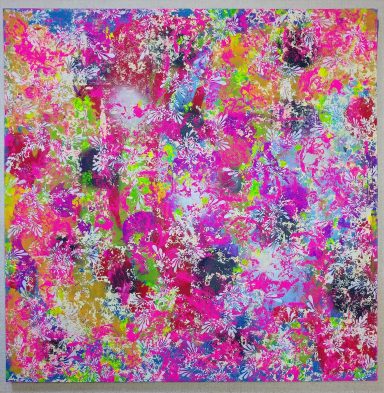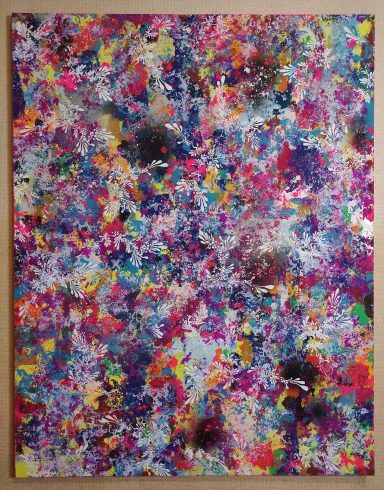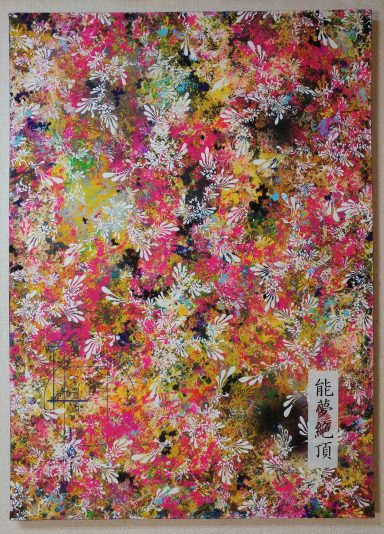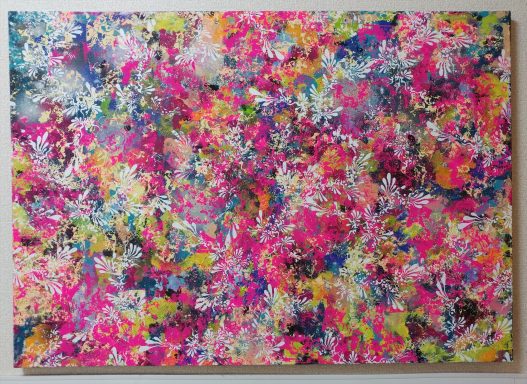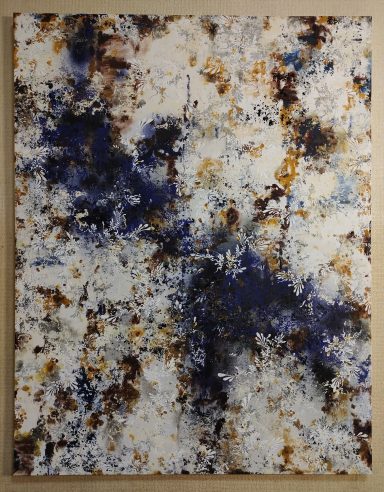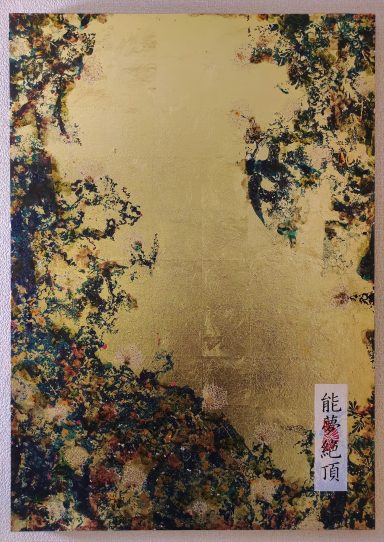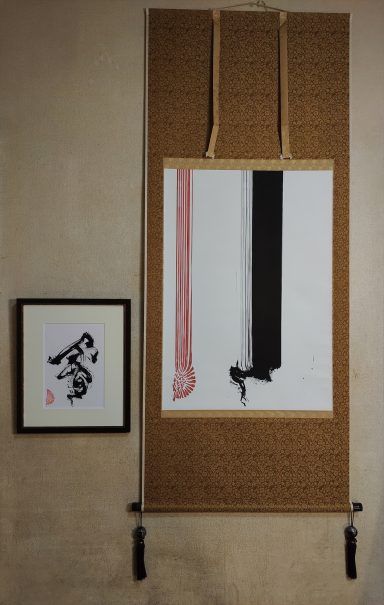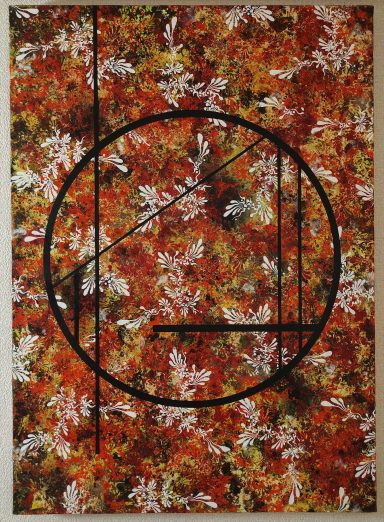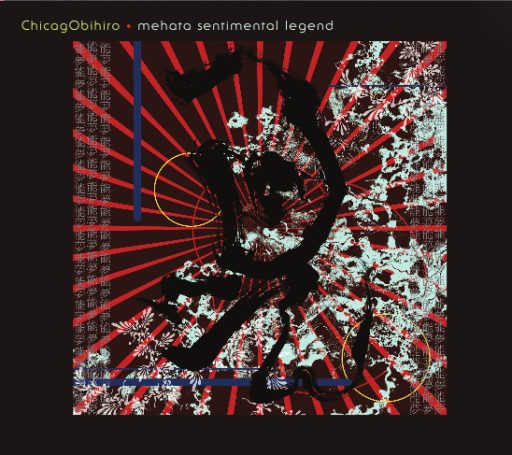HIROSHI MEHATA
Conceptual artist
JAPAN

Hiroshi Mehata is a multidisciplinary conceptual artist whose work transcends traditional boundaries, creating immersive and intellectually stimulating experiences. His practice spans a variety of mediums, including experimental and noise music, visual art, digital installations, and multimedia performances. What deeply characterizes his work is his ability to connect profound philosophical concepts with tangible artistic expressions, placing ideas and reflection at the core of each creation.
The concept of "Noum", which Mehata developed, embodies his unique vision of the world and his exploration of human perception. This term, which he defines as the "chaotic noise" formed by an infinite chain of accumulated and deformed impressions, becomes the foundation of his reflection on the role of memory, sensory experience, and invisible influences in shaping our reality. Through his art, Mehata invites the viewer to contemplate how these forces, often unconscious, shape our worldview, particularly in a context where perceived freedom is often manipulated and superficial. Thus, his work serves as a critique of modern society, its technologies, and values, while also exploring universal themes such as collective memory, identity, and the search for meaning in an increasingly digitized world.
As a conceptual artist, Mehata does not merely seek to aestheticize reality; he primarily aims to question it, to provoke awareness. He explores the boundaries of sensory perception by confronting the viewer with works where sound and image converge, where memory and instinct intertwine, creating an experience that goes beyond simple contemplation. Sound, light, form, and history converge to create a tension between what is seen, heard, and felt, inviting a deeper reflection on the invisible structures that shape our lives.
Through his works, Mehata not only seeks to express ideas but also to provoke a shift in the way we perceive the world around us. His work is thus part of a process of liberation: an invitation to deconstruct the illusions of modern freedom and recognize the invisible forces that shape our perceptions, both individual and collective. In this process, art becomes a tool for personal and social reflection, a means of exploring how the human mind reacts to, transforms, and feeds on external impressions.
Galerie
SOLO EXHIBITION
2023
"The Color Cleanser"
Jogjakarta, Indonesia
2016
"NOUM AMATARA"
El Viajero Alado
Jerez, Spain
2014
"Mehata Hiroshi Meets Abantal Restaurante"
part of 2013-2014 Japan-Spain 400th Anniversary
Seville, Spain
GROUP SHOW
2024
July - Art Number 23 Galleries
Athens
June - Art Numbers 23 Galleries
Tokyo
2023
October - Florence Biennale
Firenze, Italy
2022
Finalists YICCA Contemporary art contest 21/22
LUCIANA MATALON FOUNDATION
Milan, Italy
2029
MAKASSAR BIENNALE
Indonesia
Video
Art critic
by Luciano Tellaroli, Italy
quoted from CAM 2016
"Hiroshi Mehata is a musician, representative of the Noise-Experimental Music, whose origins can be found in the futurist Luigi Rassolo, on a journey that passes through the great artistic currents of the twentieth century, Fluxus in particular, where artists such as Walter De Maria, John Cage, La Monte Young, Yoko Ono and Takehisa Kosugi, by hybridizing various artistic disciplines, crossed the boundaries, not only physically.
Today, Mehata renews that thought, through his artistic collaborations (Spain, U.S.A., Austria, Italy…) and his visual art transposes his musical inspiration into forms that reflect it.
Visually capturing the musical feeling by shaping sensorial impulses that refer to the idea of Noun, is a concept that permeates Mehata’s work.
Noun, as the artist defines it, is the invisible noise of our memories, their breath, the “myriad atmosphere” that concentrates and stratifies in the both the collective and personal unconscious.
The works presented here, “Shadows of Noun”, with their musical and iconic sinuosity, carry ancient Japanese wisdom (from the mural drawings that with carbon black and traces of red decorated the graves of Takehara in the 5th century, till the Ukiyo-e of the Edo age that ends with the great art of Hokusai, Utamaro and Hioshige and later re-flourishes during the post-war period thanks to the Gutai group, the first avant-garde movement of the far east) but also knows the gestures of Kline and the fertility of the verbal-visual experimentation that took place throughout the 20th century, expanding the synesthetic penetration in his work.
The unrepeatability of the calligraphic-musical gesture of Hiroshi Mehata recalls the case of Lacan in Lituraterre… “The singularity of the hand destroys the universal” and reflects both in the stylistic coherence that characterizes the artist and in the specific mark of the work, one of great formal refinement. We find two typologies of “Shadows of Noun”: the first can be defined as “gesture painting”, due to the speed of execution that the black brush strokes transmit; the second can be found among the shapes of the blues and whites in which one is immersed in quiet and harmonic vibrations that refer to the memory of water. The fan-mark that seems to strengthen the Japanese identity is iconic. "
Publications
Nous avons besoin de votre consentement pour charger les traductions
Nous utilisons un service tiers pour traduire le contenu du site web qui peut collecter des données sur votre activité. Veuillez consulter les détails dans la politique de confidentialité et accepter le service pour voir les traductions.
